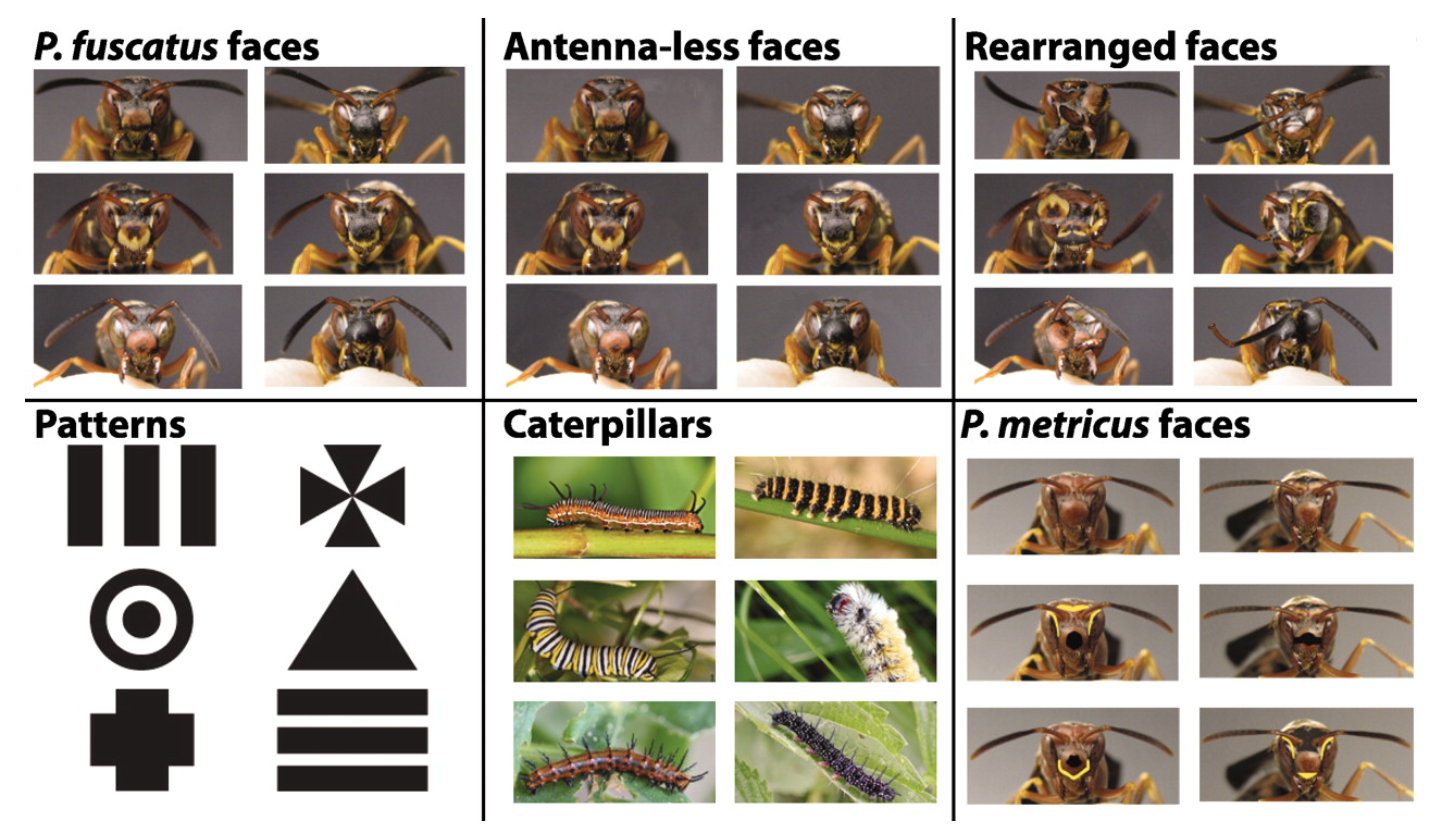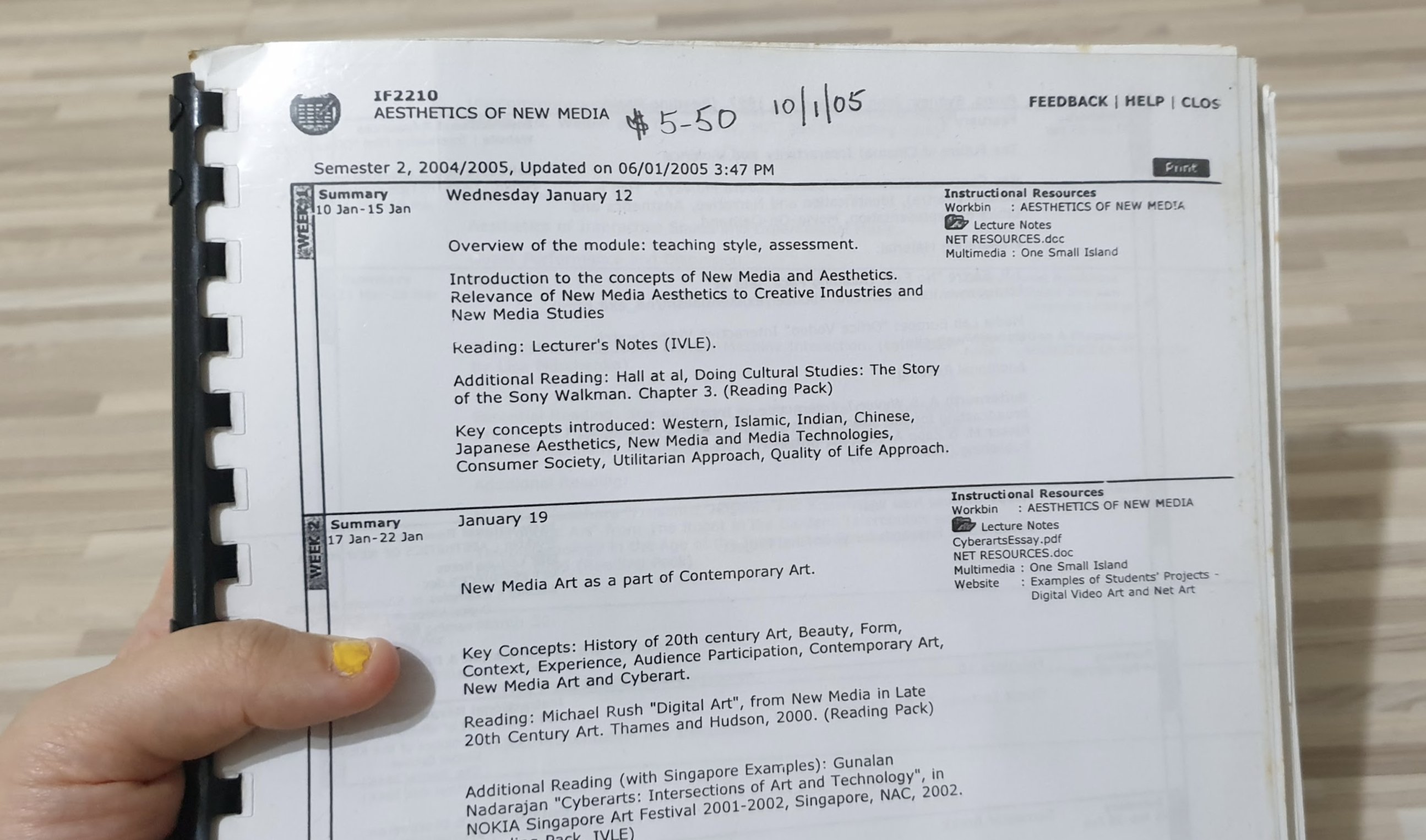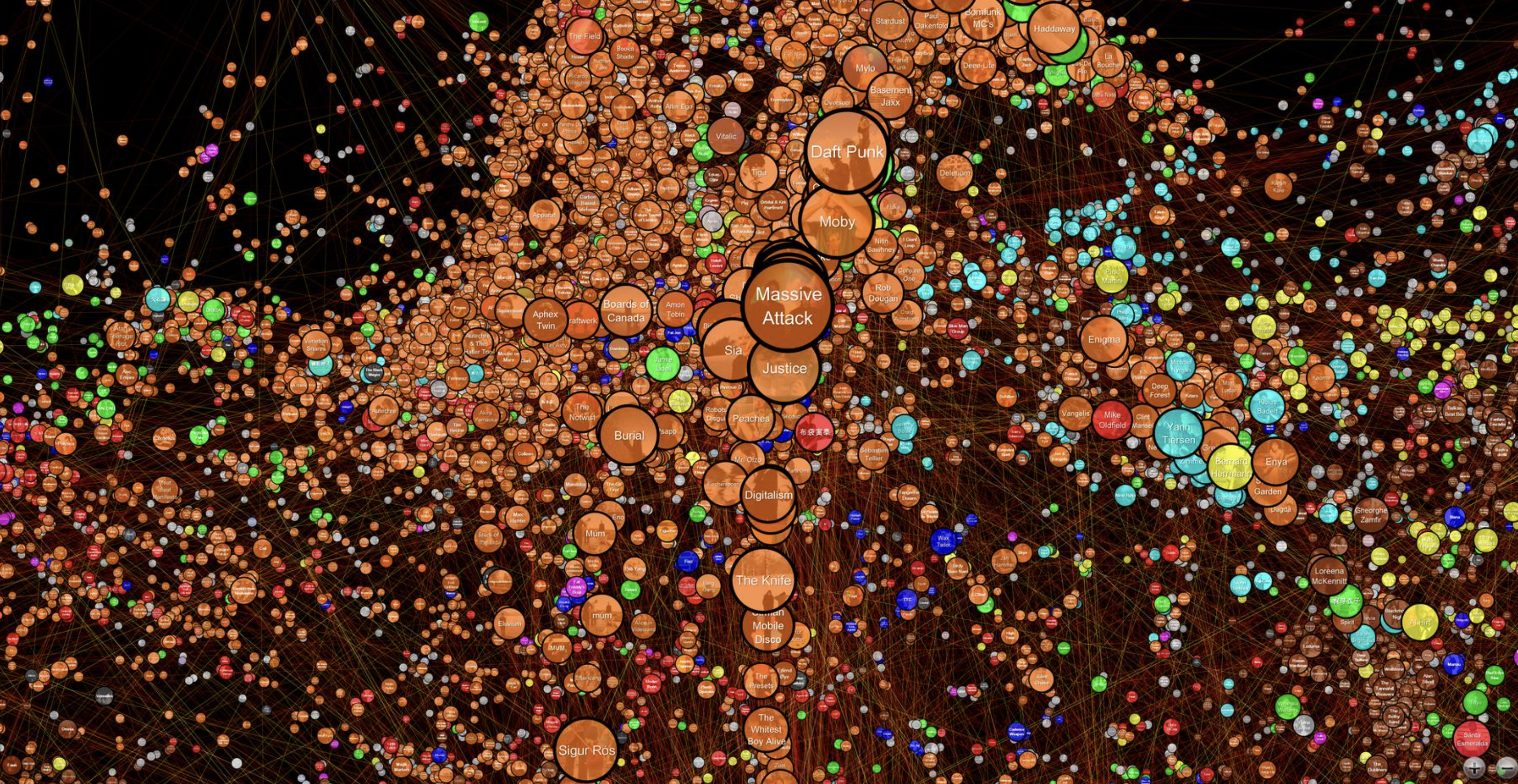
The computational turn in the social sciences and humanities
debbie ding
- 0
- 353
Today marks my first month anniversary of me starting my PhD! So… a little recap of what I’ve been up to since then.
Coursework: I’ve been enjoying the main ADM coursework which involves reading heaps of classic crit theory texts such as Habermas, Cooley, Dewey, Lippman, Arendt, Mills, Carey… the list goes on. These “classic” texts generally attempt to address the really big fundamental questions like WHAT IS CULTURE? WHAT IS “HUMAN”? WHAT IS EXPERIENCE?? HOW DOES WE COMMUNICATION??? These texts often formulate a common vocabulary with which we can speak of art. I can see the utility in revisiting a lot of these “classics” since it might be handy to have these “textbook” definitions to draw upon (or dispute) at the start of any art/humanities/social science thesis.

The cognitive psych elective I’m taking is also giving me some interesting perspectives on the biological basis behind human vision and perception. It is fascinating to find out which features of perception (eg motion perception) have more ancient evolutionary basis, and which are a result of culture and society. The studies aren’t even limited to human/primate brains; now I’ve ended up reading perception studies of sheep, horses, baby chicks, ciclid fishes, box turtles… wait, what was my PhD about again?

Even a simple (evolutionarily speaking) creature like the paper wasp is able to perceive the faces of other paper wasps! But if that specific paper wasp species has developed particularly complex wasp society interactions (eg: individual queens having to work together to form more complex blended wasp society) then the wasps continue to evolve even better resolution in vision of parts of their eye facet (Source).
Of course, trying to read these neuroscience/cognitive psych papers are quite a workout since they often involve studying the biological aspects of vision and the senses for which I actually have no foundational understanding of. A lot of these papers are grasping at ways to compute our understanding of the world. I suppose this is what some would describe as the “computional turn” in the social sciences.
What I am understanding from all the cognitive psych readings I am doing is that some years ago, we humans simply attempted to map the neurons of the brain such as by using probes into primate brains or fMRI imaging, but as it turns out, the the brain is too huge and complex for us to understand so this is taking forever.
So now the methods have evolved. Rather than to draw a map of the neurons of the brain which is so impossible, they’re doing multivoxel analysis of fMRIs of brains which then allow us to determine the functional bias of different areas of the brain. It is important to note that this is not quite the same as being able to actually pinpoint or directly draw a map of what all the different parts of the brain do (which as we’ve found out, is impossible), but simply to say “more of this region is firing when this function is being completed!”. On top of this, researchers are applying Convolutional Neural Networks (CNNs) and other AI/Machine learning techniques to find the patterns in the huge amounts of multivoxel fMRI brain scan data.
Since what I do borders on the digital humanities and social sciences, what’s my take on this profileration of computational methods being used in research? There’s a good quote here from Berry:
The key point is that without the possibility of discrete encoding there is no object for the computational device to process. However, in cutting up the world in this manner, information about the world necessarily has to be discarded in order to store a representation within the computer. In other words, a computer requires that everything is transformed from the continuous flow of our everyday reality into a grid of numbers that can be stored as a representation of reality which can then be manipulated using algorithms. These subtractive methods of understanding reality (episteme) produce new knowledges and methods for the control of reality (techne). They do so through a digital mediation, which the digital humanities are starting to take seriously as their problematic.
David M. Berry, The Computational Turn: Thinking about the Digital Humanities
Anyway the long story short is that I think there are a couple ways to write a PhD in art and (ahem, in my own words) one way might be to attempt to devise some instruments for counting and then QUANTIFY ALL THE THINGS or another way might be to speak widely to humans and then look inwards and QUALITATE ALL THE THINGS. As you can tell from the above, despite my love of coding and programming, I’m leaning towards the QUALITATING OF ALL THE THINGS!

HALP THIS MEME IS 4 TIMES MY DAUGHTER’S AGE
Propositions and Literature Review: If we think of the PhD as a manageable, finite research project that one could complete in 3 years (with one’s sanity intact), then another way you could also describe the PhD Thesis is that it would be organised into about 5 main chapters which lead into one another. (Although… who decided this format? I do not know! The mysteries of the traditions of academia)

A PhD “full manuscript thesis” is expected to be 80000 words (Not exceeding 88000 words) but an PhD Art Practice thesis is expected to be 65000 words (Not exceeding 71500 words). If i were to divide it into “5 chapters” then each of the 5 chapters would be expected to be 13000 words.
Goals: I want to complete the PhD in 3 years, which from my current interpretation of the timeline, means that I’ll need to have my manuscript ready at least 3 months before the thesis examination. If we aim for this to be in July 2025, then this means I’ll have to finish writing, proofreading, polishing, and formatting it by April 2025.
🤞GOALS: I will complete my Art Practice Thesis manuscript by April 2025, in time to complete the thesis examination by July 2025.
My side goal is also to write at least 3 papers from the 5 chapters. I’ve read about various “typologies for a PhD thesis” and how to organise the chapters and if you google for “three paper PhD format” you’ll get lots of different ideas. For some especially within the sciences, it literally means the PhD does consist of 3 or more SEPARATE papers bound together which demonstrably constitute a coherent body of work. But this isn’t a science PhD. What is required of me in my programme is one singular monograph of 65000 words, which I have always imagined becoming a book.
So I am ultimately still writing one big monograph (ie: the chapters must flow from one to the other) but the thing I take away from the concept of the “three paper PhD format” is that I should write it with the explicit intention to “adapt” my chapters into individual unique papers, aiming for one publishable paper a year. And why wouldn’t you aim to produce something publishable through the thesis writing process anyway, since one’s future employment in academia is presumably related to what you publish…?

I’m posting that here because its fascinating to see how a paper evolves and that sometimes I like to go back and pretend I didn’t write a sentence but if I post the evidence here then I will have no choice but to confront the earlier Debbie with these hard questions…
Like for example, the Debbie of this weekend is asking the Debbie of the previous weekend, WHY DID YOU CHOOSE THE WORD “PSYCHOGEOGRAPHY“; is that not a loaded term, and would there be any other alternative words to describe the spatial theories that have guided my thinking and art practice over the last decade?


